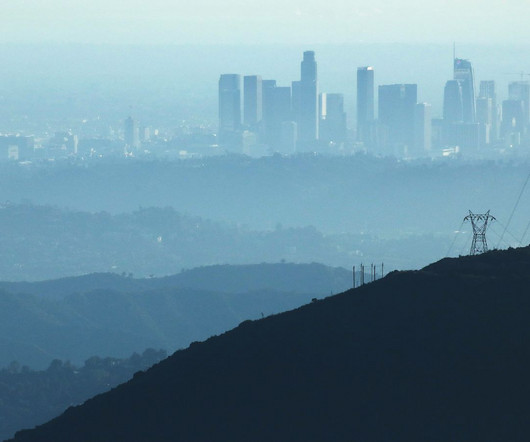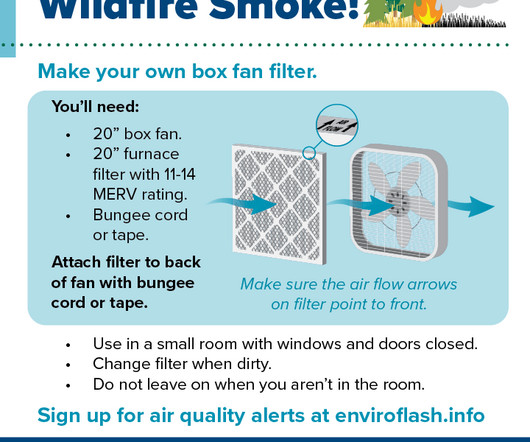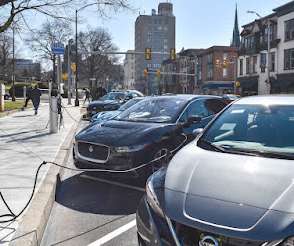The State of the Air in 2024? Not Great
Union of Concerned Scientists
MAY 13, 2024
The American Lung Association’s State of the Air report measures three of the major types of pollutants in the San Joaquin Valley: long-term particle matter, short-term particle matter, and ozone. come from reactions of industrial pollutants (nitrogen oxides and sulfur oxides) with sunlight and unfinished fuel combustion.












Let's personalize your content